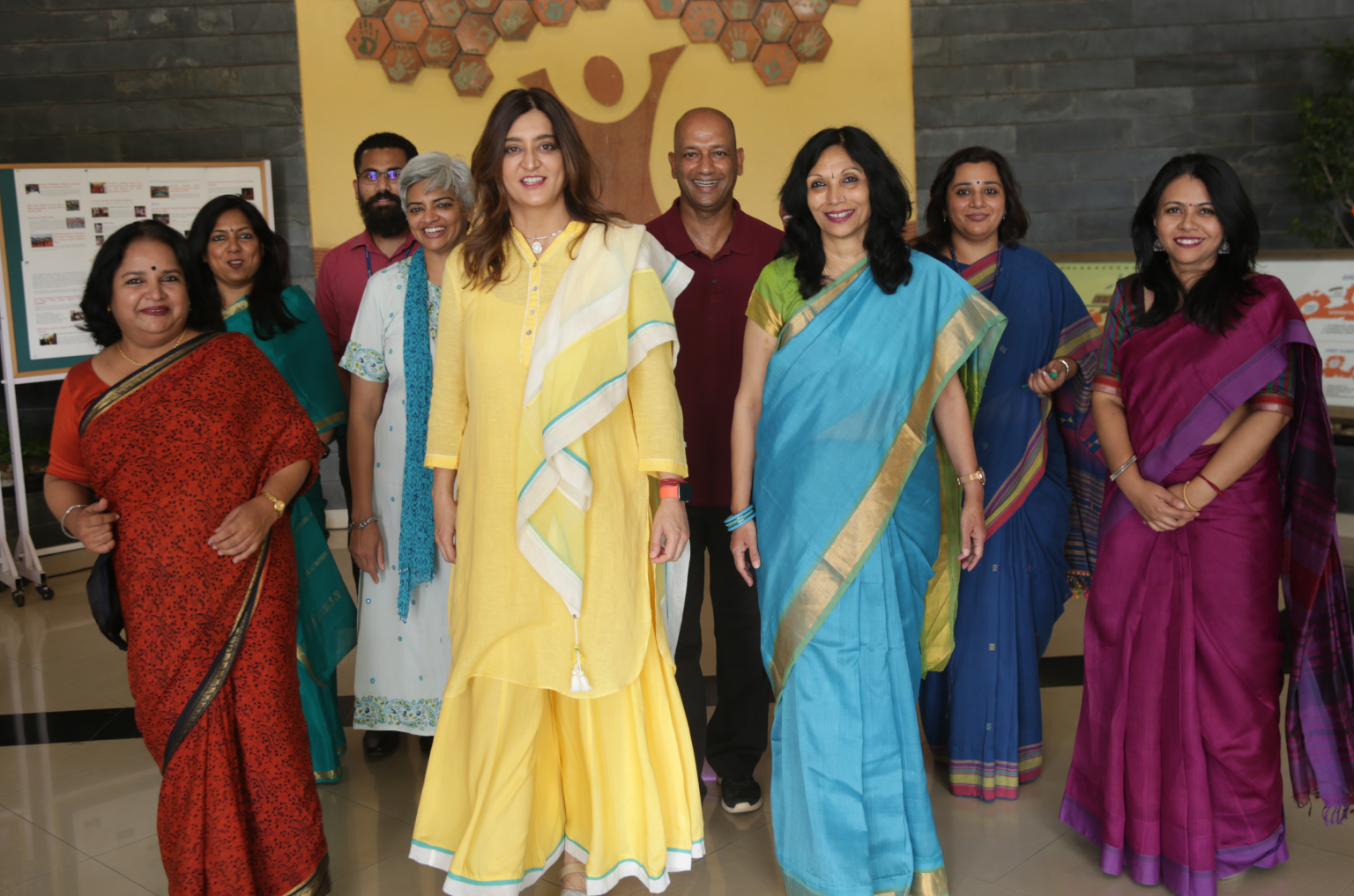At Inventure Academy, history is more than just memorizing dates and facts—it’s a gateway to discovery, exploration, and critical thinking. Through immersive learning, students in Grades 6–8 were given the opportunity to engage with history through field trips, guest lectures, research-based projects, and creative storytelling. From Emperor Ashoka’s rock edicts to World War I memorials and ancient water conservation techniques, students embarked on a journey through time, guided by inquiry and imagination.
Table of Contents
ToggleIntroduction
History at Inventure Academy is deeply interdisciplinary, encouraging students to connect the past with the present. By stepping into the shoes of historians, conservationists, and urban explorers, students reflected on the role of heritage, architecture, war, and governance in shaping the world we live in.
Grade 6 – Exploring Mauryan Art & Architecture
Problem Statement
Students were challenged to become art historians, tasked with tracing the influence of Mauryan art and architecture—especially the reign of Emperor Ashoka—on Karnataka’s cultural heritage.
Project Goals
Using a mix of research, clay modeling, and visual presentations, students explored rock edicts, pillars, and the messages of peace and governance during Ashoka’s time. The immersive journey included:
- A guest lecture by Mrs. Anoosha Devadiga
- Clay sculpting workshops at the Makerspace
- Team collaboration to build and present a model of the Ashokan Pillar
Challenges & Learnings
Students honed their presentation and teamwork skills, translating complex historical themes into simplified, visual narratives. They reflected on the importance of historical preservation and were encouraged to think about how inscriptions and art continue to speak across generations.
“This project helped me improve my research, creativity, and understanding of how messages were conveyed in ancient India.”
— Group reflection from 6E
Grade 7 – Discovering Hampi & Ancient Architecture
Guest Lecture on Hampi’s Architecture
Unable to visit Hampi physically, students instead participated in a virtual discovery of the city’s architectural marvels through a guest lecture by Mr. Pankaj Modi, conservation architect and expert on Hampi’s water systems and heritage design.
He introduced students to the Pushkarani, Kamalapura tank, and the role of topography in temple planning.
Field Trip to Sri Dakshinamukhi Nandi Tirtha Kalyani
The next day, students visited a 700-year-old temple in Bangalore known for its unique underground water source. They observed how the Field Trip “Kalyani” (a temple tank) remained full even in summer due to its topographical design—a brilliant ancient model of water conservation.
Insights on Water Conservation & Temple Architecture
Students discovered how aesthetic and functional architecture went hand in hand in ancient India. The trip sparked conversations around SDG goals, community living, and how design thinking played a key role even centuries ago.
“This trip was the most memorable one for me—I didn’t expect to learn so much from a 700-year-old temple!”
— Student, Grade 7
Grade 8 – Exploring History Through World War I
Field Visit to Historical Sites
Grade 8 students visited sites near Cubbon Park, including:
- Queen Victoria’s Statue
- St. Mark’s Cathedral
- War memorials
- Church Street and Hard Rock Café (once the Bangalore Club)
Understanding Bangalore’s Role in WWI
Students discovered how Indian soldiers in WWI contributed to the war effort and how colonial influence shaped Bangalore’s urban development. Through storytelling, they traced the historical significance of each monument and reflected on British-era Inventure’s Outdoor Expeditions societal norms.
Research & Inquiry-Based Learning
For those unable to attend the field trip, classes were structured around inquiry projects and reflective writing. Students created posters, wrote journal entries, and debated the role of Indian soldiers and the legacy of colonial architecture.
“This was not regular learning—it was creative, interactive, and helped me understand more by doing more.”
— Siddharth, Grade 8C
Conclusion
This immersive history module allowed students to truly experience the past—through field trips, creative expression, expert talks, and collaborative storytelling. From Ashoka’s inscriptions to Kalyani temple architecture, from British-era Bangalore to modern interpretations, students connected deeply with the human stories behind historical High Quality Learning facts.
They left not just with knowledge—but with curiosity, respect for cultural heritage, and a stronger ability to think across timelines.
Read more about experiential learning at Inventure:
🔗 Field Trip
🔗 Inventure’s Outdoor Expeditions
🔗 High Quality Learning



